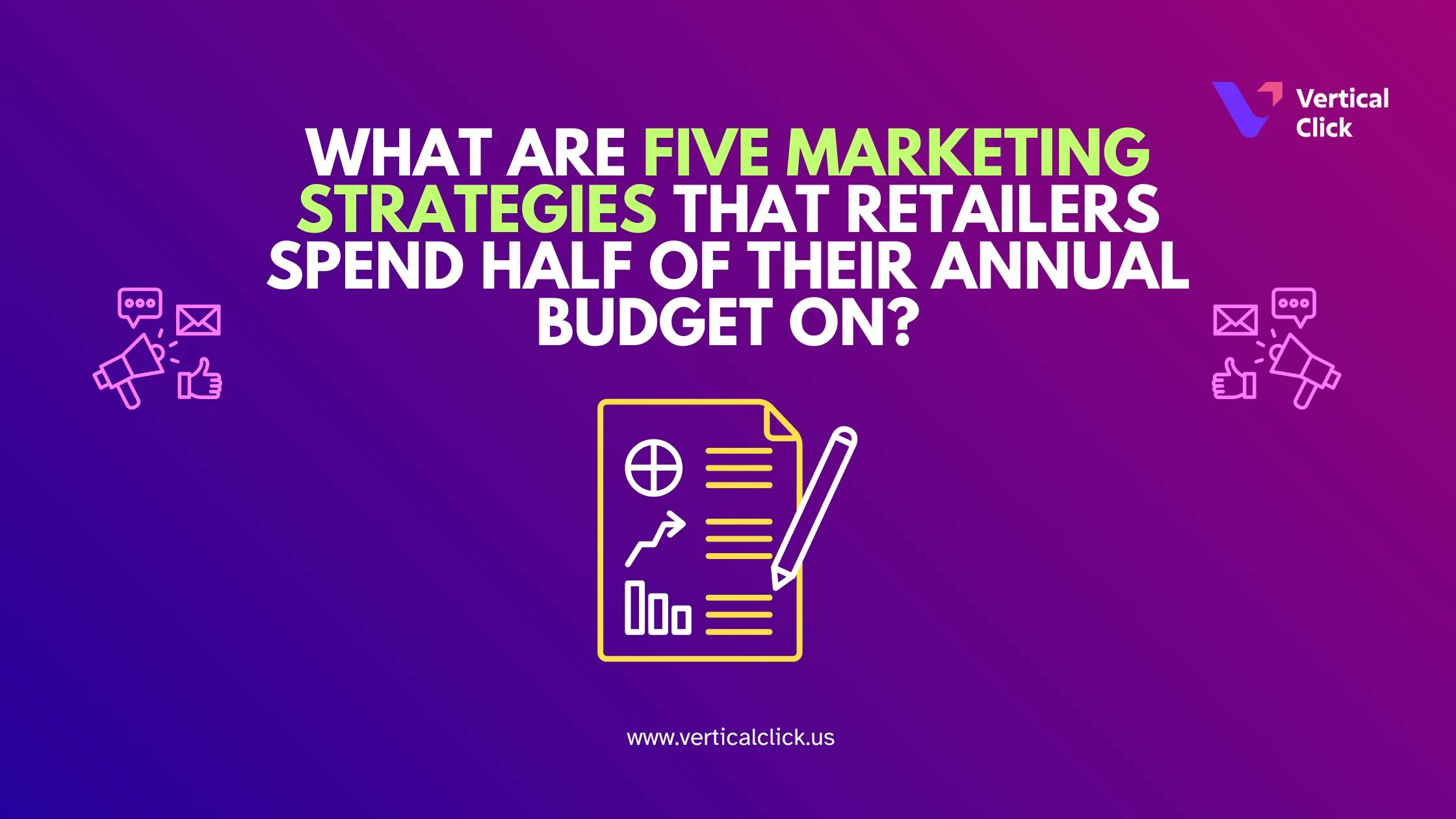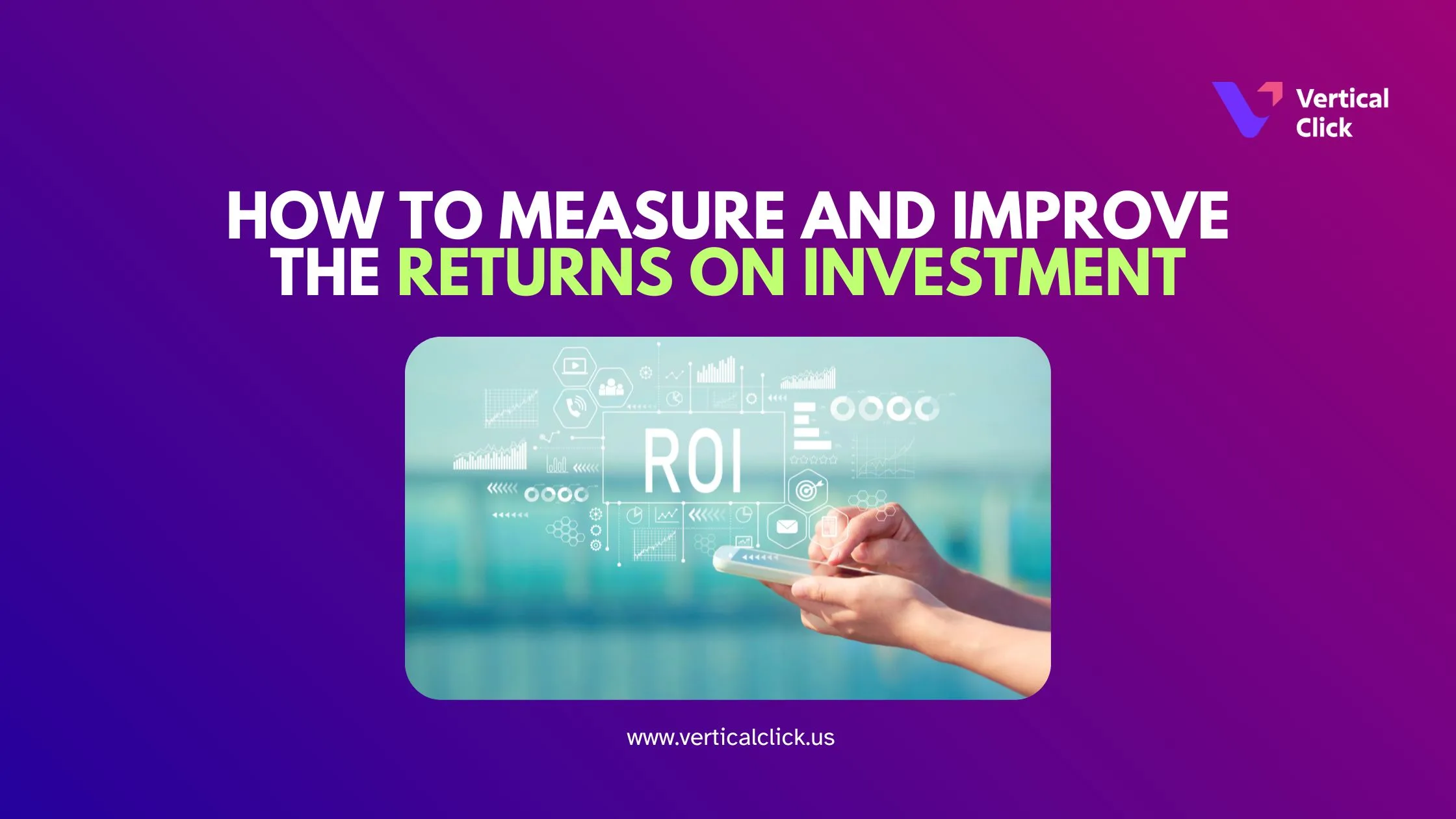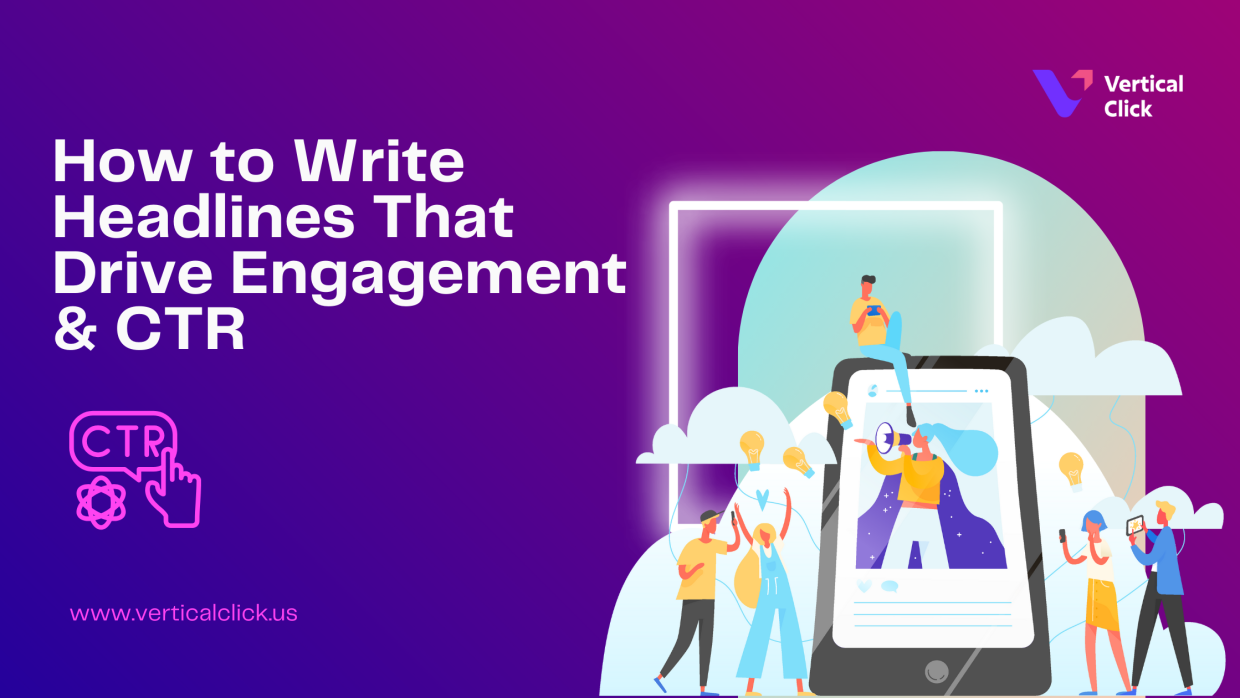In today’s cutthroat retail environment, marketing is a crucial area where businesses can make significant investments to draw in, interact with, and eventually keep consumers. According to studies and industry reports, some retailers will invest up to 50% or more of their annual marketing budgets in a select few high-impact strategies, not only to boost sales in the short term but also to build long-term brand equity. That budget is most frequently distributed in the following five important areas:
1. Digital Advertising (Search & Social Ads)
Digital advertising will continue to be the single largest item in most retail marketing budgets. This includes Google pay-per-click (PPC) advertising, display ads across the web, and paid ads across Facebook, Instagram, TikTok, and YouTube.
Reason for being expensive: It’s serious competition among retailers to gain consumer attention, particularly in times of peak seasons and holidays.
ROI focus: immediacy of sales, retargeting visitors to the site, and magnitude of brand visibility.
2. Influencer and Affiliate Marketing
Influencer marketing evolved from a niche trend to what it is today: a nearly mainstream practice. Retailers often partner with social media influencers, content creators, and affiliate marketers to promote products in their own, authentic ways.
Budget priority reason: Influencers give you targeted, loyal audiences with a higher conversion potential.
Areas: sponsored content, product sampling, affiliate commissions, and platform-wide influencer campaigns.
3. Email and SMS Marketing
Although they are older tactics, they still form part and parcel of retention strategies as well as personalized communications with customers. They are popular tools such as Klaviyo, Mailchimp, and Attentive.
What budget goes towards list building, automation tools, A/B testing, and creative content development?
Objective: Drive repeat purchases, abandoned cart recovery, and personalized offers.
4. Content Marketing and SEO
Compelling content like blogs, videos, and guides, as well as optimized product descriptions, brings long-term visibility in search engines.
High-cost areas: content production (writer, SEO specialist, videographer) and investment in search tools such as SEMrush or Ahrefs.
Long-term payoff: organic traffic growth, brand authority that’s built over time, and reduced costs of acquiring customers.
5. Promotions, Discounts, and Loyalty Programs
Substantial proportions of the budgets are retail-oriented towards customer acquisition and retention through seasonal promotions, flash sales, and loyalty rewards programs.
How budgets are consumed: reduced margins due to discounts. Loyalty requires a technological infrastructure to run, in addition to the costs associated with actual reward fulfillment.
Reason: Drive customer engagement, increase average order value, and improve lifetime value.
Conclusion
Retailers must be strategic about where the marketing dollars go. While these five areas take up a large amount of budgets, they have the most potential for return on investment, customer loyalty, and brand growth. Those factors make balanced spending across these channels-and continued analysis of performance-critical to long-term success in retail.



